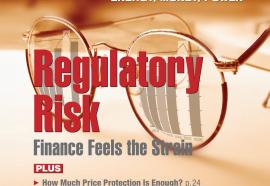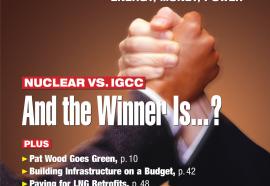Inclining Toward Efficiency
Is electricity price-elastic enough for rate designs to matter?
Contrary to conventional wisdom, electricity demand isn’t immune to price elasticity, and rate designs can encourage conservation. In particular, inclining block rates coupled with dynamic pricing can cut electric use by as much as 20 percent.










